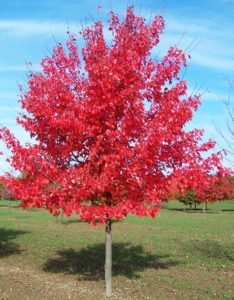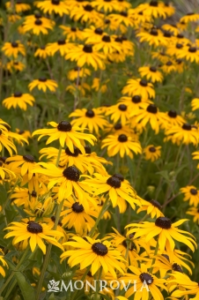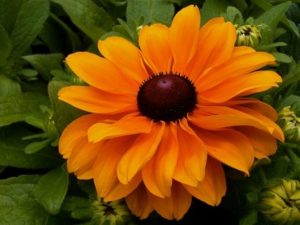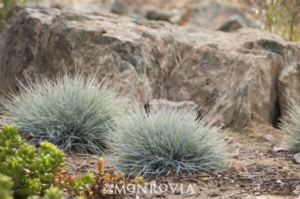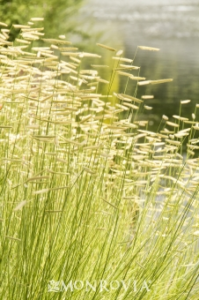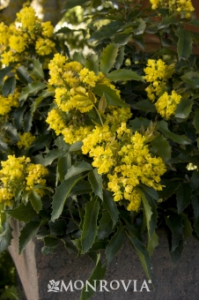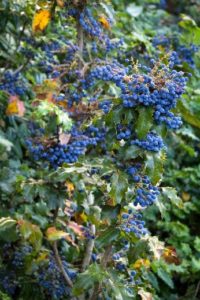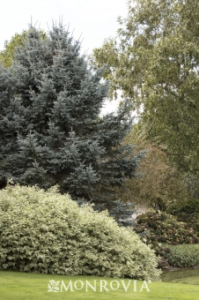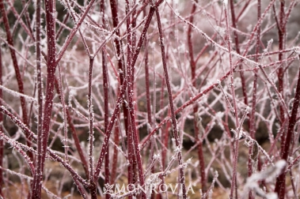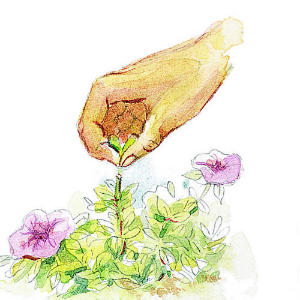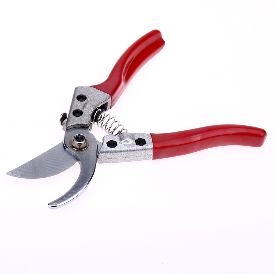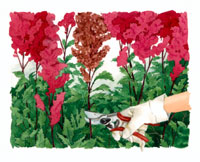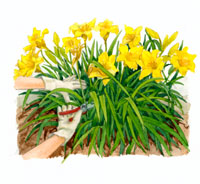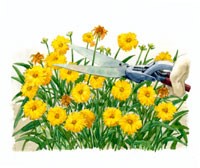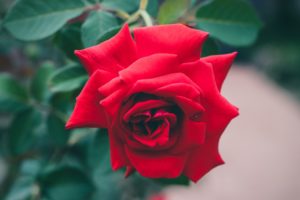By McKenzie Pitts, Lomond View Intern
Summer is beginning to slowly dwindle, meaning school and work will now be in full-swing. The days grow shorter and the nights get longer. Signs of a season coming to close are most evident in nature. Plants begin to fade in color and blossoms, turning to shades of brown. The morning and night begin to grow colder and darker each day. Any vibrant color seems to be lost in the coming fall season. However, fall can be quite colorful if you know your plant palette.
We often do not realize that a landscape can affect our mood. For example, several hospitals and cemeteries usually contain cool colors of blue, soft purples and pinks, and white. The setting is meant to be a tranquil, calming atmosphere. A landscape can enhance the typical mood setting of an area and how it is meant to feel. Another example is an amusement park; energetic with rides, children, and lively activities. Bright, hot colors of red, yellow, and orange would complement the energetic setting.
Provided is a list of plants that contain an ornamental interest lasting into the Fall season.
Perennials:
- Black-eyed Susan – Rudbeckia
- -Phlox
- -Aster
- -Tickseed
- -Butterfly Bush
- -Echinacea
- -Meadow sage
- -Anemone
- -Verbena
- -Daisy
- Autumn Joy Stonecrop – Sedum spectabile ‘Autumn Joy’
- Bloom: Late summer – Fall
- Herbaceous perennial, cactus/succulent type
- Pink flower umbel
- Sedum
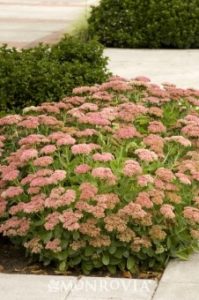
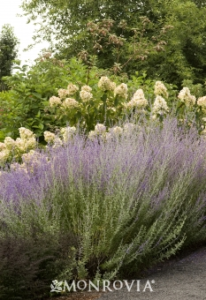
- English Ivy
- Russian Sage – Perovskia atriplicifolia
- Bloom: Summer – Early Fall
- Semi-herbaceous perennial
- Fragrance attracts pollinators
Grasses:
- Maiden Hairgrass
- Feather Reed Grass
- Fountain Grass
- Little Bluestem
- Blue Grama Grass – Bouteloua gracilis
- Herbaceous perennial
- Bloom: Mid-summer – late Fall or Winter
- “eyebrow” seed heads can last into the Winter season. They continue to look great in a contrasting light to show off the seed heads and bronze-golden color
- Switchgrass
- Blue fescue – Festuca glauca
- Evergreen herbaceous perennial
- Bloom: Late summer
- Silver-blue foliage that retains its color year-round
Evergreens & Shrubs
- Yew
- Boxwood (Buxus)
- Ferns
- Viburnum
- Compact Oregon Grape Holly – Mahonia aquifolium ‘Compacta’
- Evergreen shrub
- Year-round interest
Winter Interest
- Holly
- Winterberry
- Evergreen Trees and Shrubs
- Red Twig Dogwood – Cornus alba ‘Elegantissima’
- Green and white variegated leaves
- Beautiful, bright red stems that create a great contrast with the snow
- Interest all year
Trees
- Japanese zelkova
- Common hackberry
- Bur oak
- English oak
- American linden
- Crabapple trees
- Red Maple – Acer rubrum
- Green foliage spring – summer. Turns bright red in the Fall
- Moderate – Fast growth
- 40-50’ tall and 30’-40’ wide
